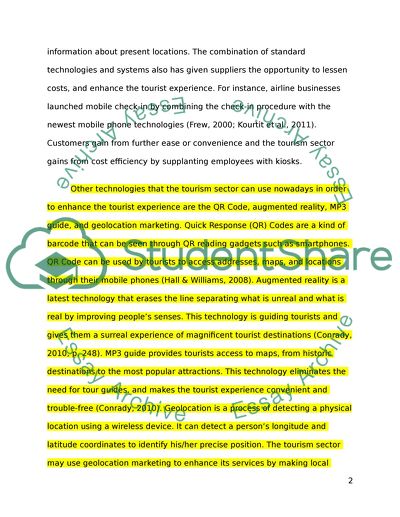Cite this document
(“How are tourism businesses using ICT to improve the tourist experience Essay”, n.d.)
Retrieved de https://studentshare.org/tourism/1469758-yphow-are-tourism-businesses-using-ict-to-improve
Retrieved de https://studentshare.org/tourism/1469758-yphow-are-tourism-businesses-using-ict-to-improve
(How Are Tourism Businesses Using ICT to Improve the Tourist Experience Essay)
https://studentshare.org/tourism/1469758-yphow-are-tourism-businesses-using-ict-to-improve.
https://studentshare.org/tourism/1469758-yphow-are-tourism-businesses-using-ict-to-improve.
“How Are Tourism Businesses Using ICT to Improve the Tourist Experience Essay”, n.d. https://studentshare.org/tourism/1469758-yphow-are-tourism-businesses-using-ict-to-improve.


